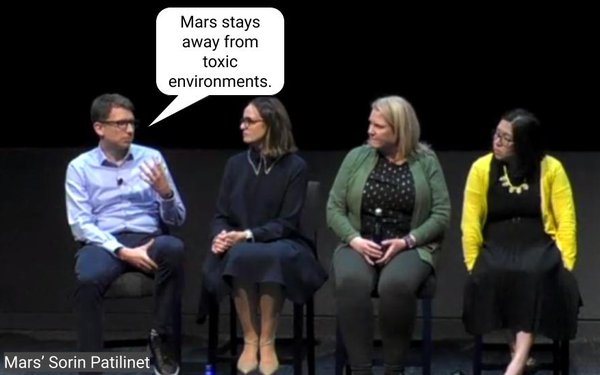
The second and final day of the
Advertising Research Foundation’s (ARF) Audience X Science Conference in New York City built on the privacy and AI concerns and opportunities outlined by Claritas’ Rex Briggs on Day
One.
Marketing Science Institute’s Ali Goli, in fact, presented “Unintended Consequences of Privacy Regulation & Data Loss,” based on a wide array of selected
research studies that supported the various hypotheses.
The presentation was suitably crafted. Specifically, Goli posited that due to privacy regulations – and the
resulting compliance costs and loss of data signals – the cost of marketing has risen significantly. He also revealed the degree to which consumer welfare is “harmed” through reduced
search yield and higher un-targeted prices.
advertisement
advertisement
All very comforting ammunition for marketers vs. regulators, but for those that have suffered from well-documented lies,
misinformation and targeting algorithms – notably via social media – where was the counterbalance?
Did Goli go too far when he appeared to downplay the effects of social
media’s threats to elections and democracy in relation to privacy regulations recalling Facebooks’ description as “data pirates” by a U.K. Parliamentary Committee in 2018?
Did Mars Senior Director of Marketing Effectiveness Sorin Patilinet underline the privacy and regulatory concerns with media content and access to consumer data, when he stated his
company’s marketing “stays away from toxic environments”?
Realeyes CEO Mihkel Jäätma and Vice President Scott Jones, and Kantar Profiles Chief
Strategy Officer Nick Sutton, exquisitely raised the concern with the proportion of “fake respondents” to research surveys and the consequences for marketing insights and
decisions.
Based on analysis of 500,000 surveys across providers, it is estimated that 30% are fake. However, AI and face verification offer the industry a
frictionless, real-time, game-changing solution in combination with other technologies and controls that can work on any device, anywhere.
Surveys based on disengaged,
dishonest, or fake panelists have little, if any, value.
It was encouraging to see that the ARF, ESOMAR, and the Insights Association are actively driving the incorporation of
this technology-based quality initiative.
“The Attention Economy” makes us all think about eyes-on, or proven visual contact (“viewing) of ads by real
people. It is an imperative metric because, “Ads have to be noticed to drive results,” per Lumen Research CEO Mike Follett.
But what about ears-on for audio? Could a
persons-based ears-on (“heard”) be measured or at least imputed? Would audio content suffer the same significant reduction in the hierarchy of measured media metrics as other
media?
Follet and Dentsu Global Head of Planning Joanne Leonge offered significant updates, confirming Lumen can now impute ears-on from its content exposure and outcomes
models. They also found audio does not suffer the fall-off in the hierarchy of media metrics many other media have suffered.
Based on Lumen’s model, audio delivers
remarkably high levels of ears-on – or audio attention – and consequently offers advertisers and their media agencies very compelling CPMs of attention that can be compared with other
media based on the same common denominator.
Throughout the conference, the term “impressions” was used repeatedly. Based on a career in media, it was clear to me
there were as many definitions and derivations of that term as the number of times speakers used it. So, next time you hear “impressions,” I suggest you ask what its definition and
derivation are. You may be surprised by the answer.